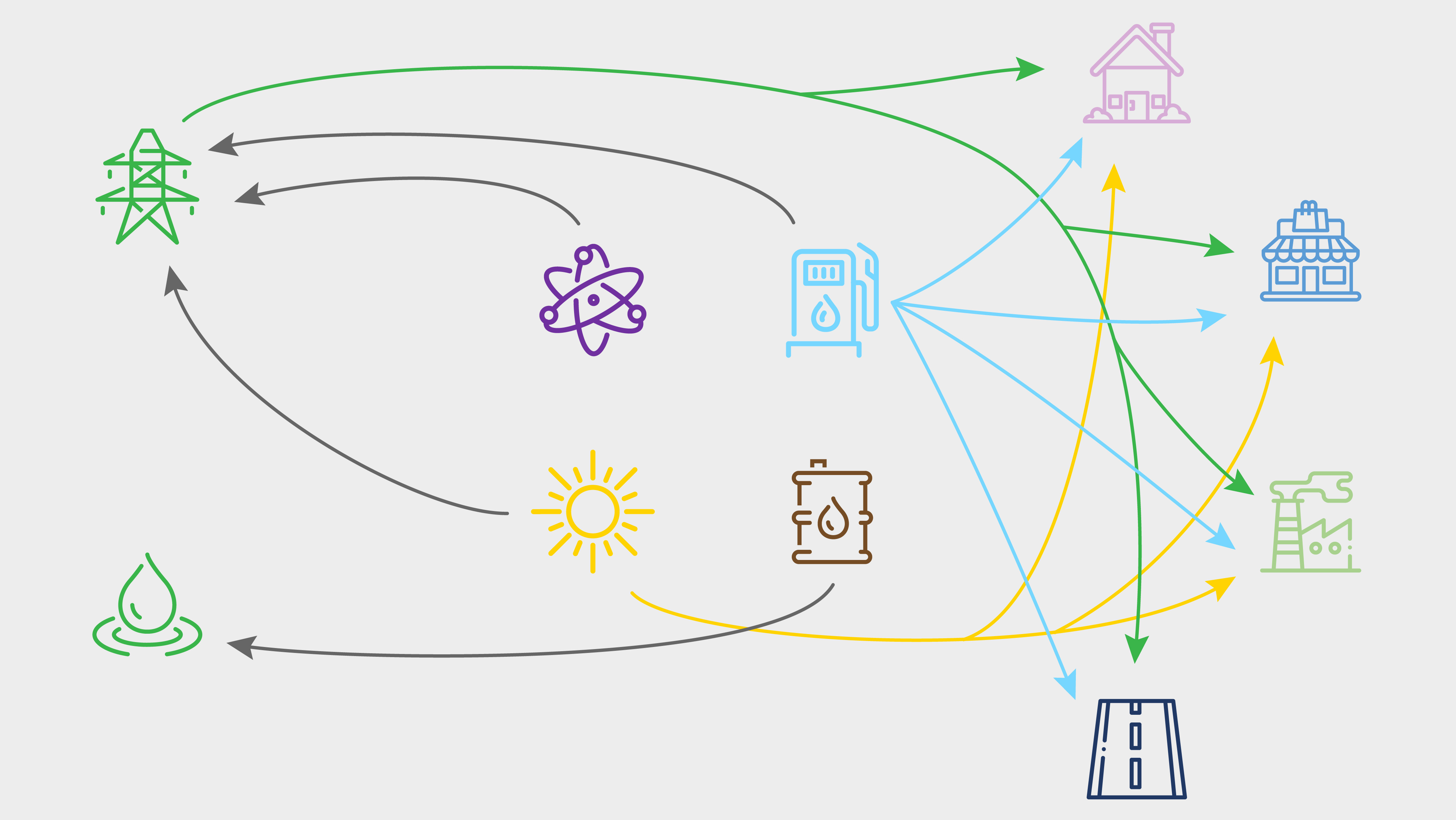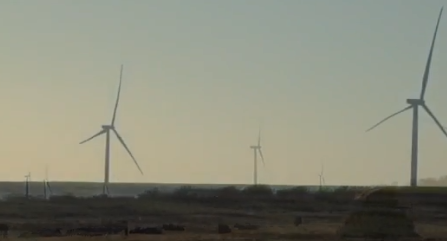Welcome!
You are invited to explore the Energy Price Index (EPIC), a research collaboration between the Texas A&M Energy Institute and the Department of Finance at Mays Business School. The Energy Price Index (EPIC) is a novel quantitative tool that represents the average price of energy in the United States over the entire energy landscape. It covers all the different energy sources and feedstocks, as well as the end-use sectors and is updated on monthly basis. It has units of $/MMBtu. EPIC reflects holistically the two key attributes of energy: the supply and demand mechanisms along with the prices of energy feedstocks and products across the entire landscape. EPIC is also a forecasting framework that utilizes advanced Optimization, Statistics and Machine Learning techniques to estimate both the current as well as the future energy demands and prices. Finally, it is a quantitative approach to evaluate, design, and optimize different policy case studies of significant public interest.
The website contains information about:
- The US energy landscape.
- The developed methodology of the subject index.
- The energy sub-indices for the end-use sectors.
- EPIC data since 2003 and comparison of EPIC with other well-known metrics.
- Documentation


